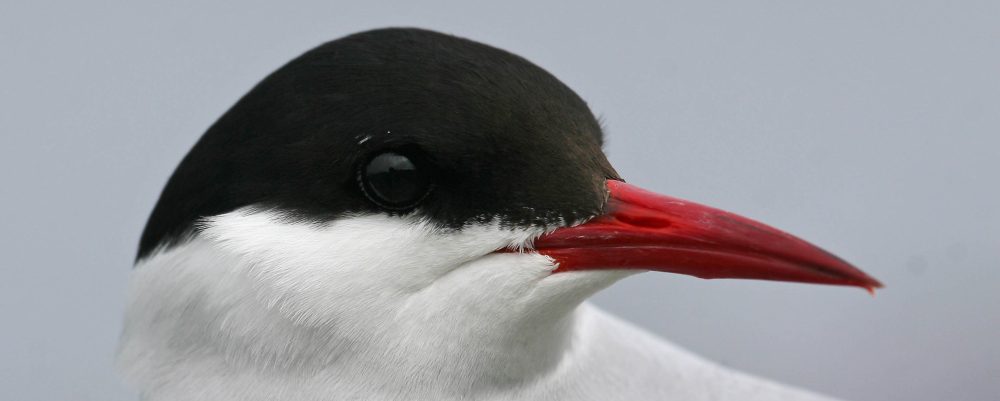I’d seen a post on facebook that pictured what purported to be a Long Eared Owl seen in East Norfolk. Looking at the photo I could see it was in fact an Eagle Owl. It wasn’t too difficult to find out where it was; it fact it wasn’t a million miles away from the bird that Tania and I saw at Winterton a few years back. Maybe it was the same bird maybe it was a fresh one.
I went to see it a little earlier in the week. I couldn’t find it. You would think that something the size of quite a large dog sat in a tree wouldn’t be too difficult to find. However, it wasn’t in the trees where I was told it had been in previous days. Interestingly a few of the dog walking locals said it had been around for a couple of months. I left without seeing it at all.
I went back for another go in sunnier weather on Wednesday. I was still some distance from the site when I heard a single, low, deep ‘Woo oo oo oo’. It could only be the Eagle Owl. I searched the area from where the call emanated. It took me a little while but I eventually picked it out and found a place where it wasn’t obscured by branches.
As dog walkers and residents passed me their curiosity was quite naturally peaked and they wanted to ask what I was looking at. Some had seen it previously. Despite being ‘three stories-up’ the bird was obviously not relishing their sometimes very loud voices below and walked off into a less than accessible position. So I left him in piece to enjoy his siesta.
Whether these birds are wild vagrants from the continent or escaped falconers birds can never be proven one way or another. It certainly wasn’t sporting rings or jesses that I could see. I did look for a feather, thrown pellet or a splash of ‘whitewash’ that may just hold an isotope or DNA secret of its origins, but wasn’t successful in finding anything.





